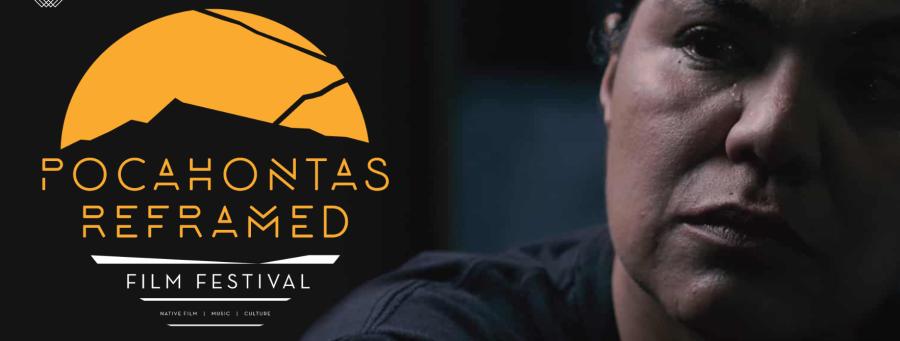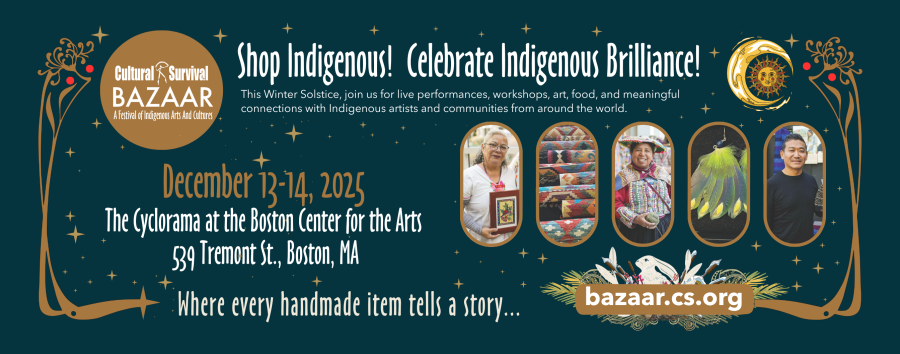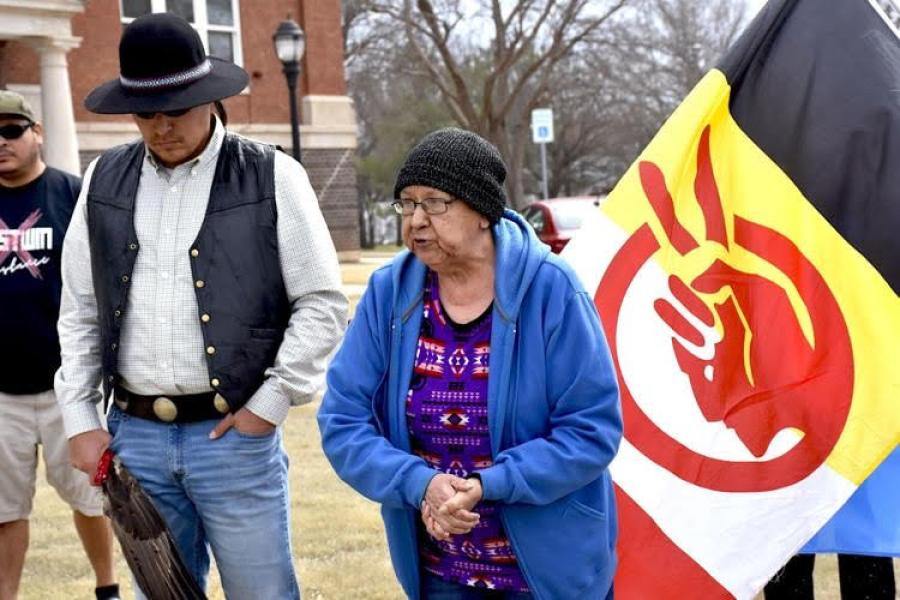“After the abundant spring rains of my youth at Dzilnaodithle,” Venaya Jay Yazzie says on her website, “I would pinch the damp, sweet earth between my fingers and place it on my tongue. There is no other taste like it. I have always carried this memory with me; it is what inspires me as a modern Diné/Hopi artist.” Raised by her maternal grandparents on the reservation at Dzilnaodithle (Huerfano is the Spanish name) in the northwestern corner of New Mexico, Yazzie remains deeply tied to the land, and it features prominently in her art. Though now she spends much of her time in her home in nearby Farmington and in Albuquerque, she says, “Half of my mind is here and half is on the reservation; it’s like living in two different places”—and two different eras. She feels she grew up in a place “that had escaped from modern society, where you took a step back in time, lived at a slower pace, and appreciated the details of life.” Beyond the damp, sweet earth, she remembers being outside almost all the time, only coming in at night to sleep, and the black beetles she saw everywhere and used to play with; now she can’t find them anymore.
Yazzie knew her great-grandparents into her teens and saw how closely they were tied to the land. Her Navajo/Hopi father was a rancher who had cattle, sheep, horses and other livestock that he grazed in the “checkerboard area” where the Bureau of Land Management had leased lots to ranchers to graze their stock. She calls him a “progressive Navajo” because he developed ties with other ethnicities since he felt it would help him and his family get along in the world. As a child, Yazzie was around elders all the time and grew up speaking fluent Navajo until she was about five, when her grandparents decided to send her off reservation to a public school in a “border town” where she could learn English. She came home on the weekends and during the summers. Now she still speaks Navajo but has lost some of her fluency. She feels she’s integrated the urban and rural, the Navajo/Hopi and the white parts of her life, “but there are times when I’m in the city when my mind really isn’t there, and that’s the pull of the reservation—for that peacefulness.”
Yazzie’s great grandmother, Navajo Louise Merito, wove rugs both out of an innate need to be creative and to sell to feed her family. Yazzie clearly remembers Louise sitting at her loom. Now Yazzie, her mother, and an aunt are trying to contact some of the dealers who bought her grandmother’s rugs to see if they can recover some of those items that have such spiritual significance.
“Louise was always using her hands,” Yazzie said. “She told us never to sit there doing nothing; you can always be doing something.” Yazzie says Louise’s work ethic in part gave her the initiative to be creative, but her artistic talent, she believes, is a gift: Navajo mythology holds that her mother’s Manyhogans clan was given the gift of creativity, and those endowed have the responsibility to perpetuate it. “Art is not work; it’s part of who I am,” Yazzie says. She feels that “all art is sacred, because it’s made deep inside the person, in a spot that you can’t see, can’t buy.”
Even as a child, Yazzie says, whenever she went to the store, she always ended up in the stationery aisle, rather than the toy aisle. She bought pencils and crayons and notebooks and drew self-portraits and portraits of her family members, especially her grandparents. In high school she got encouragement from some of her teachers who told her she had talent, and that helped cement her direction. After graduating from high school, she attended the Institute of American Indian and Alaska Native Arts in Santa Fe, New Mexico, for two years. There she focused on photography, only taking a painting course at the end. But after graduating, she turned to painting; acrylics are her favorite. More recently she’s created mixed-media installations, which allow her the freedom to meld painting, photography, and poetry. For a show she curated at the Center of Southwest Studies (Fort Lewis College) in Durango, Colorado, that protested a coal-fired power plant proposed for Yazzie’s reservation, she created a painting and photo negatives documenting the blight and damage inflicted “by the deviant ways of modern corporate entities.” Another installation explored the diverse nature of what people hold sacred—religion, education, urban life, alcohol—and sought to create a sense of place and connection to Naahasaan Shima, the Earth.
For Yazzie, creating art is both a sacred and a contemplative undertaking. “Painting is really personal and a time for me to look at myself and my spiritual life,” she says. She feels a special kinship with the Russian expressionist Wassily Kandinsky, whose art abounds in colorful, sometimes seemingly playful abstract shapes, carefully balanced on the canvas. Both artists celebrate the connection between creator and creation: “There’s a power that comes from creation that’s reflected in the painting, and the viewer is connected to the process,” says Yazzie. “It’s almost like a medicine that heals.” Amidst all the drugs, gangs, and violence in her community, she wants people to turn back to art to heal, but she feels that in American society, “art has become the enemy. It’s ‘evil.’” Under the regime of No Child Left Behind, Yazzie has seen art disappear from the curriculum. She feels kids need a creative outlet or else they’ll become unbalanced. Appropriately, her car sports a bumper sticker that claims “Art Saves Lives.” She feels strongly that her art should tell a story and stir the viewer to discuss issues such as social justice, self-awareness, environmental preservation, and Native American culture.
Currently, Yazzie is working on a self-published book of poetry with two collaborators and curating a show that will open next spring at the Center of Southwest Studies focusing on the Indian boarding schools of America. Yazzie is excited and inspired about this assignment. “Both my mother and my aunt went to boarding schools,” she says. She views herself as a descendant of that institution. “I’m a survivor,” she says. The coming exhibition should help her both tell a story and heal a people.
Nini Bloch is a freelance editor and writer who was guest editor for Cultural Survival Quarterly during the spring and summer of 2010.



